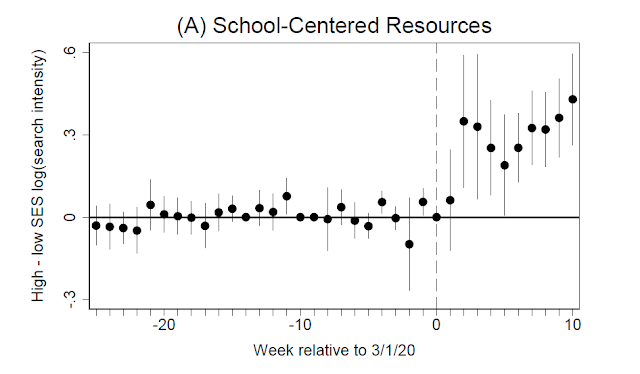Inequity in COVID-19 School Closures
Full-time, Online Instruction – How it is different from the spring
We will open schools virtually with a schedule that is as close to “normal” as possible. Schools throughout the division will follow a consistent instructional schedule and provide more live, face-to-face online (synchronous) student learning.
Students will receive virtual instruction 5 days per week. The week will include 4 days of live, face-to-face online instruction with teachers Tuesday through Friday. Mondays will be used for independent learning (asynchronous). Some students will receive additional teacher assistance or intervention as needed on Mondays. S
- Elementary students will receive real-time, interactive instruction Tuesday through Friday. The elementary day will include additional small group instruction, intervention supports, and independent learning activities assigned to students. Significant investment in new digital resources will provide a more personalized approach to learning in mathematics and language arts.
- Middle and high school students will follow an A/B block schedule. Each class will be 80 minutes in length with 15-minute screen time breaks between classes.
Student attendance is required and all students will receive assignments that will be graded.
Students and parents will notice a more rigorous and engaging virtual-learning program with greater connections for all students at all grade levels. Parents and caregivers will be supported with additional resources to assist their children’s online learning.
The staff at each school will continue to work together to ensure that each student has consistent, reliable technology to access instruction each and every day. Laptops, MiFis, and other resources will be available to support every student.
The two-week delay in the start of the school year will allow teachers and other school-based staff members to engage in professional development to prepare them for teaching and learning in a virtual environment. Additionally, school teams will use the days leading up to the first day of school on September 8 to connect with families and ensure that students have access to the necessary links and can practice using the links for class. A large portion of time will be spent training teachers on how to support their students’ social and emotional well-being to address anxiety students may be feeling at this difficult time.



Comments
Post a Comment